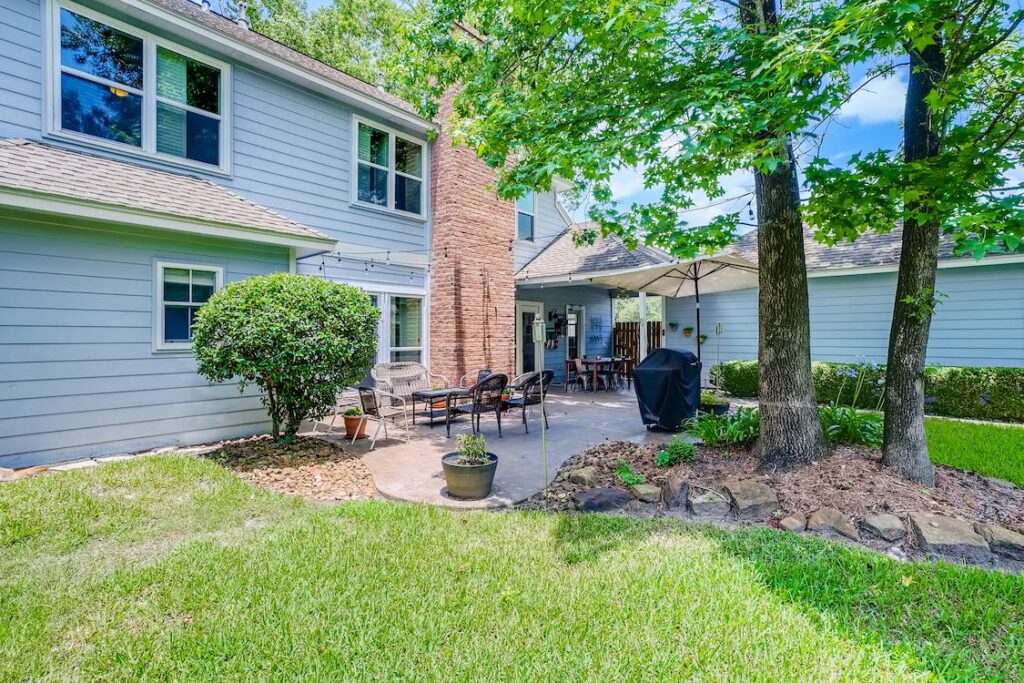Empowering Homeowners: Assessing the Influence of Federal Assistance
Legal League 100’s Special Initiatives Working Group (SIWG) has prepared a White Paper titled “The Homeowner Assistance Fund: The Current Status of the HAF Program in Select Jurisdictions.” This document outlines how the Homeowner Assistance Fund (HAF) provided much-needed relief for homeowners across the United States, including U.S. territories and Tribal governments during the pandemic.
Legal League 100 is a professional association of financial services law firms in the U.S., working to drive progress in the mortgage servicing industry. They are dedicated to establishing industry standards, conducting market research, and advocating for policy changes. Their mission is to support the mortgage servicing industry through education, communication, relationship development, and advisory services.
The White Paper reveals that, as of September 30, 2022 (the most recent data available), the HAF programs have assisted over 162,000 homeowners nationwide.
The Homeowner Assistance Fund (HAF) was established as a response to the COVID pandemic and to counter the adverse economic impacts of the virus. President Joe Biden signed The American Rescue Plan Act of 2021 on March 11, 2021, allocating up to $9.961 billion in financial relief for homeowners across the country.
HAF’s main goal is to prevent mortgage delinquencies, defaults, foreclosures, and the loss of utilities or home energy services for homeowners facing financial hardship after January 21, 2020. All funds available under HAF to a state, territory, or Tribal government must be utilized within five years of the program’s launch, or the funds will expire and no longer be available for distribution.
Studies have demonstrated that HAF assistance has reached a broader range of economically vulnerable and traditionally underserved homeowners compared to previous federal mortgage assistance and foreclosure prevention programs. According to the White Paper from Legal League 100, it is estimated that:
- 57% of HAF assistance was provided to very low-income homeowners (earning 50% of the area’s median income or below).
- 35% of HAF homeowners self-identified as Black.
- 20% of HAF homeowners self-identified as Latino.
- 64% of all HAF beneficiaries self-identified as female.






